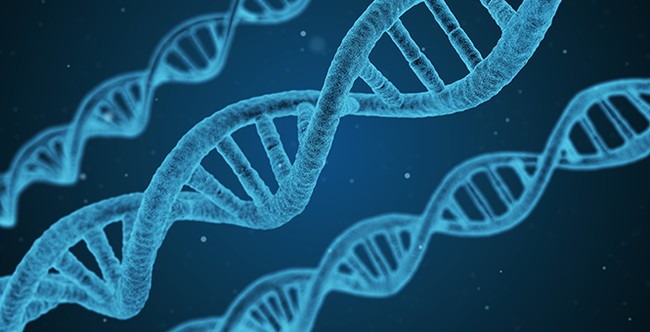My (late) Grandma used to gather her grandkids by her knee and tell a fascinating family story: Her grandmother — our great-great-grandmother — was a beautiful peasant girl in Eastern Europe. One day, a prince was traversing through the countryside, painting landscapes under the watchful eyes of his tutors, when he caught a glimpse of this beautiful peasant girl washing her clothes by the river. Advertisement It was love at first sight.
Alas, his parents forbade their relationship: She was just a commoner. So he forsook his birthright and married this peasant girl anyway, becoming a brilliant painter. According to Grandma, he painted the ceiling of one church in Europe in such a unique way that during the daytime, the lighting showed one image; then at nighttime, the shadows shifted and a second, hidden image emerged.

His rivals asked him how he did it, but he refused to reveal his technique. So instead, he was murdered. Poisoned.
Long story short: After his death, his estranged royal family offered to take in his children — but only on the condition that their mother terminated her parental rights and never saw them again. She refused, and her daughter — my great-grandmother — was the first one from that side of the family to emigrate to America. It's a very nice story.
Unfortunately, a few years ago, I took a 23andMe test...
and according to the genetic data, there seems to be (ahem) far fewer members of European royalty impregnating Granny. Her story is genetically impossible. Grandmas aren't always sticklers for the truth, I guess.
When 23andMe began in 2006, its founders envisioned it as a fun, turnkey way to share the benefits of genetic testing with the masses. Time Magazine named its direct-to-consumer business model "Invention of the Year" in 2008..
.. Scott Pinsker.




















